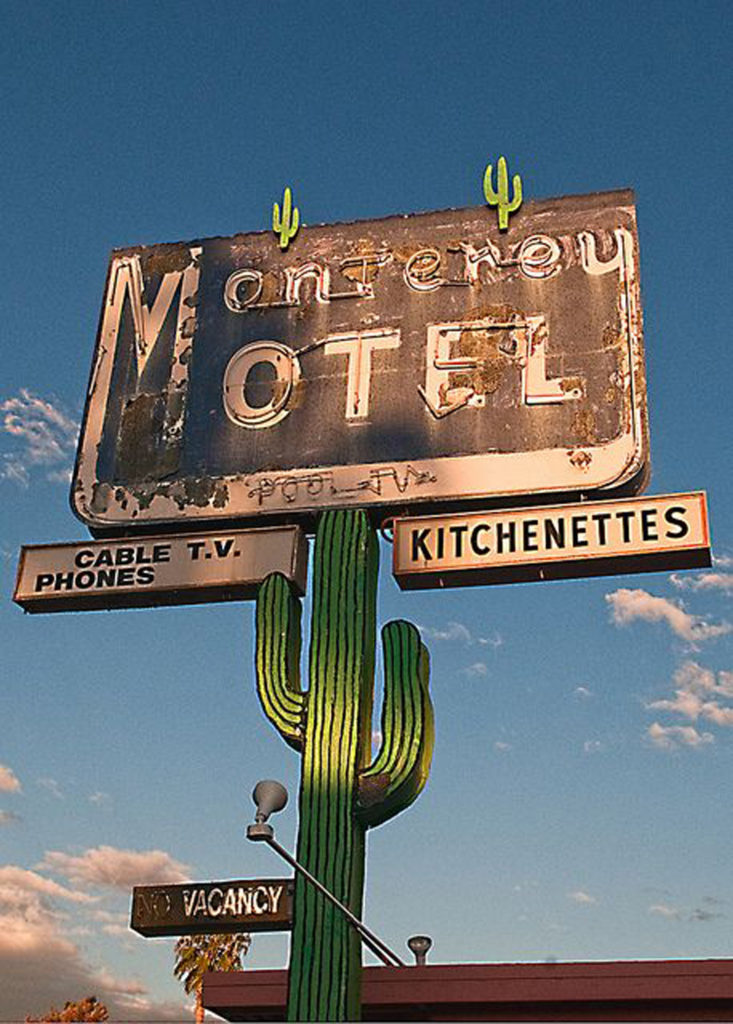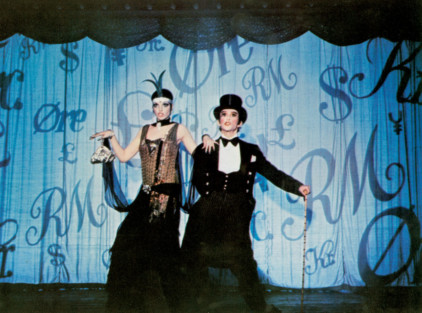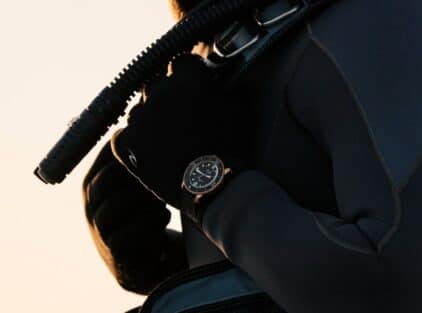By Marianina Patsa
“Here’s a place to stop for the night…”. A cinematic tour of America’s highway motels.
Humble rooms with neon signs in the middle of nowhere. Motels once dominated America’s highways. Today they are an endangered species, but their mythology is kept alive through literature, music, photography and film scenes. Their nostalgia and their humble yet poignant displacement still inspire countless stories that unfold in their simple and impersonal rooms.
The famous Route 66 was until 1985 the longest and most famous American highway. It united America from East to West and those who decided to cross it were setting sail for a story of coming of age and freedom. The beatnik generation eulogized it in Jack Kerouac’s “On the Road,” Depeche Mode and the Rolling Stones sang about it, and all of them headed for a more hopeful future traveling on it, counting the days and miles through the neon signs of motels that sprang up almost suddenly among the hot deserts.
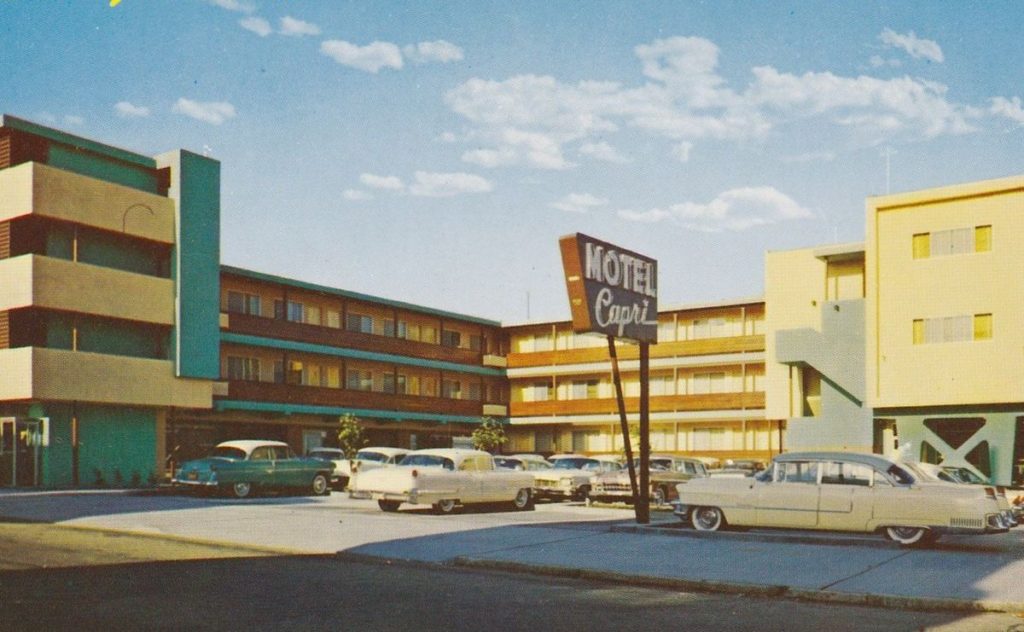
The world of cinema has historically tended to traverse paths through a cycle of successive images and visions. In many of these – often pivotal – scenes, there is a common focus that has long since failed to get the recognition it deserves: the American motel. Empty parking lots, lamps dimly illuminating long corridors and the unparalleled quiet of the lodgings become the birthplace of heinous crimes, bizarre stories or love affairs. Motels may be a cheap and boring proposition if seen with the naked eye, but in the history of film and television they are some of the most important settings to have filled the screen.
It’s hard to argue that Hitchcock’s mesmerizing Psycho (1960) would have been the same without the creepy walls of the Bates Motel. The lonely dark rooms with bare walls provided the perfect blend of mystery, horror and paranoia as a backdrop that gets under the viewer’s skin decisively. The film was based on Robert Bloch’s novel of the same name, which was originally inspired by the true story of serial killer and cannibal, Ed Gein. The author lived just 40 miles from the killer’s farm and was fascinated that someone could commit such horrific crimes in such a small community without being noticed for years. Thus, the farm became the Bates Motel, Gein became Norman Bates and was portrayed by Anthony Perkins,and Psycho went into the movie pantheon.
Bloch wrote a total of three novels whose crimes take place inside the famous Bates Motel. From these novels were born the six Psycho films, as well as the Bates Motel television series that ran for five seasons, with the horror inn dominating each of them. The small desert inns became the setting for cult favorites like The City of The Dead (1960). But more recently, the motel became the centerpiece of Drew Goddard’s neo-noir thriller Bad Times at The El Royale, chronicling the stories of seven strangers as they traverse hallways at the terrifying decadent El Royale inn. Revelations, deception, manipulation and crime unfold in the heart of a building designed to prevent invasion. Set in an atmosphere similar to that created by Psycho, the El Royale’s neon-filled entrance signs give it a twisted charm similar to the one Alfred Hitchcock gave us decades ago. After all, great cinema always seems to “embrace” strange structures, which often also help to explore the characters who inhabit or take refuge in them. In 1985, in Sam Shepard’s Fool for Love, Kim Basinger finds herself between two lovers, past and present: Sam Shepard and Randy Quaid. In a motel room in the southwest of the United States, a story full of passions, skirmishes and dark secrets unfolds between them. Motels seem to be a constant point of reference for Shepard, who through his book “Motel Chronicles”, reveals himself and his world and takes us with him to the dusty regions of the American South and their inns.
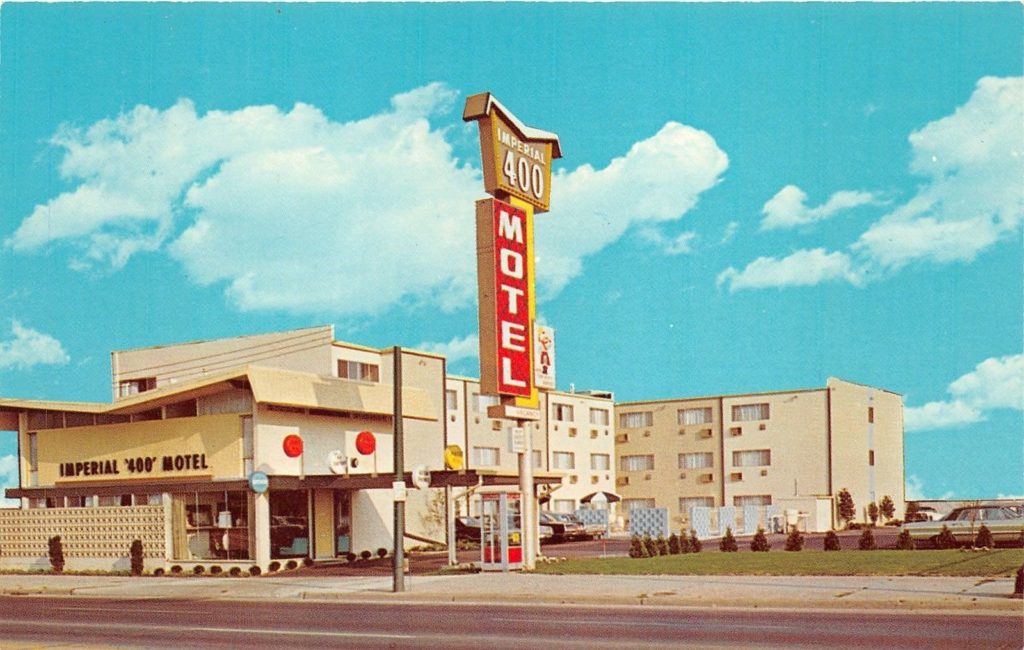
Some of the most memorable motel appearances on television come from The X Files. Cultivating the audience’s interest in the unknown, the supernatural and the alien, some of its most distinctive episodes use motels as a backdrop as Agent Scully (Gillian Anderson) writes her reports on her findings in moonlit inns, heightening the sense of mystery and tension that unfolds in the grim silence of the impersonal room. The Mt. Si Motel, located in Washington’s Snoqualmie Valley, has been part of the North Bend community for 70 years. It has been instrumental in creating the legend of motels, having been introduced to us as the Red Diamond City Motel in the supernatural mystery/horror television series “Twin Peaks – Fire Walk With Me”, by Mark Frost and David Lynch. The series received rave reviews, won multiple awards and is considered a cultural phenomenon that forever changed the art of television series. Although it was eventually cancelled in 1991, it gained a fanatical core of lifelong fans and Lynch returned to direct, this time as a film, the controversial finale of Twin Peaks (1992).
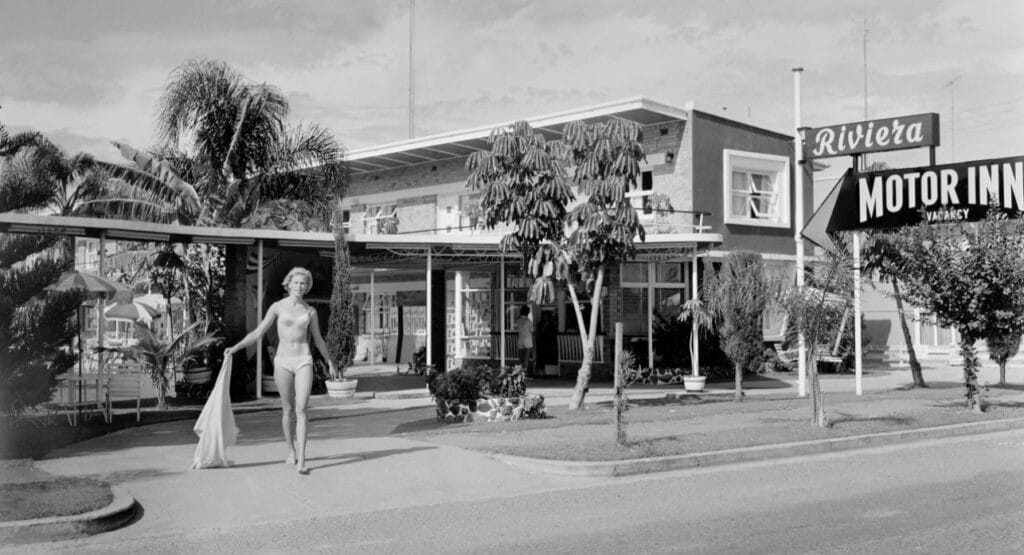
The small, isolated inns of the USA are iconic symbols of post-war America and owe something of their irresistible charm to history. However, as the world evolved in the shadow of Cold War paranoia, motels became conflated with the fear that their isolated rooms were centres of espionage and criminal activity. It was therefore inevitable that Hollywood would soon capitalize on this, creating some of the most beloved scenes in the history of the big and small screen. The paradoxical way in which the motel holds a fascination inspires to this day. Whether as film, as literature, as a painting by Edward Hopper, or as the dream of all those who dream at night of driving the dusty roads around the Nevada desert and imagining tales of adventure, freedom, love, exploration and discovery. And each bright sign with the words “Motel” on the side of the road serves as a reminder that the most meaningful journey is not the destination, but the journey.
